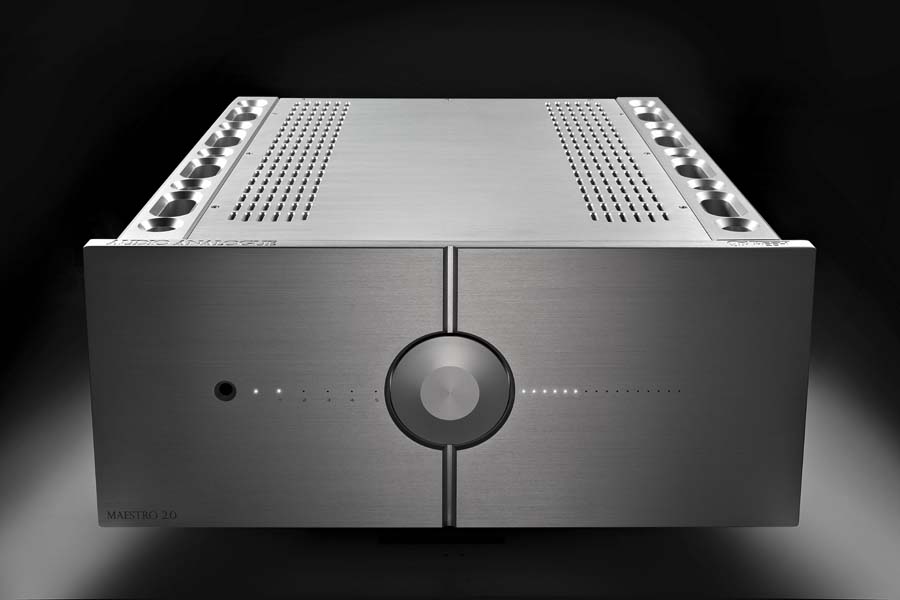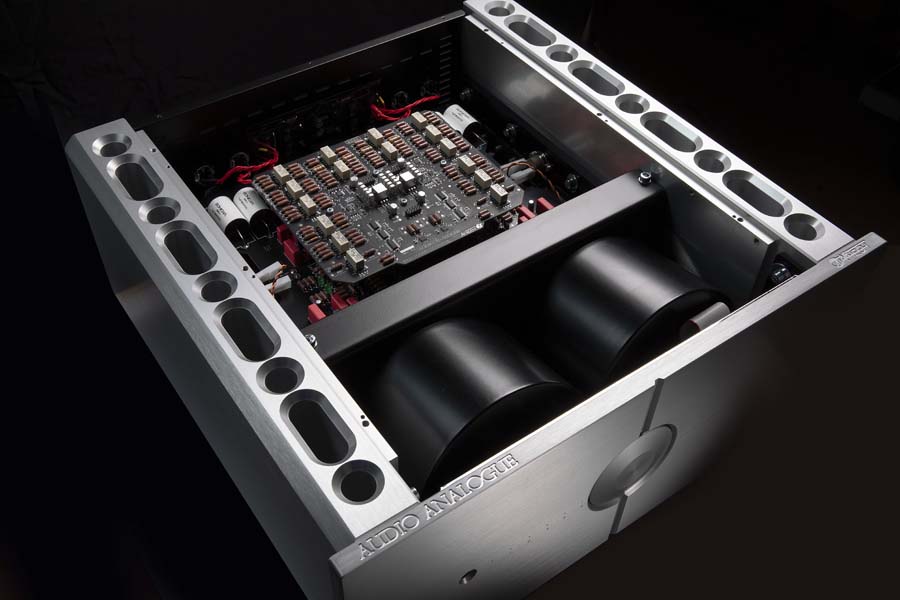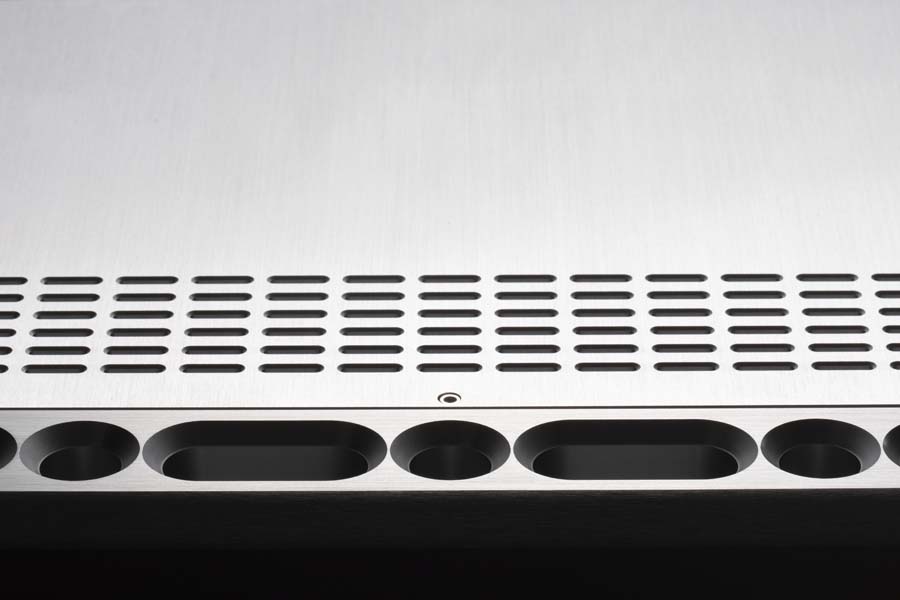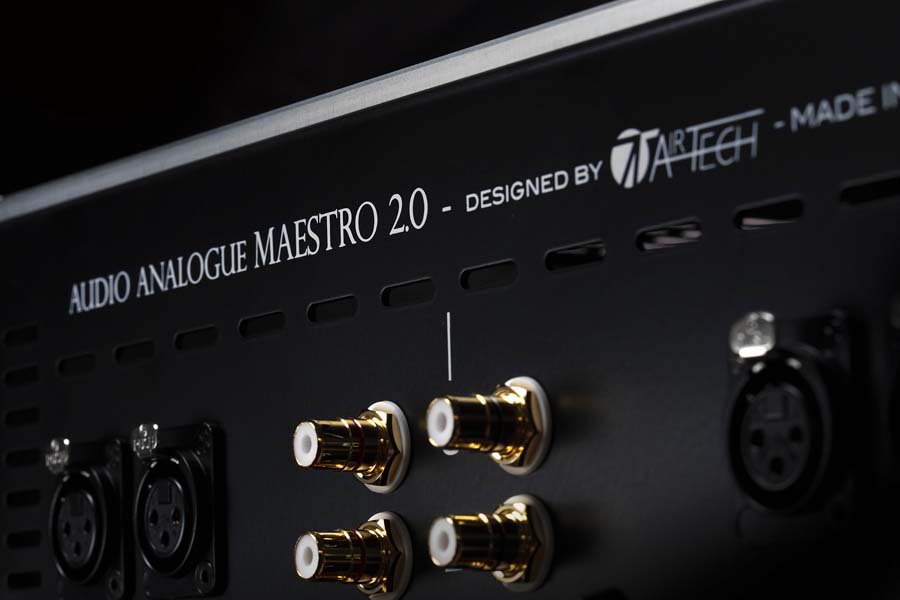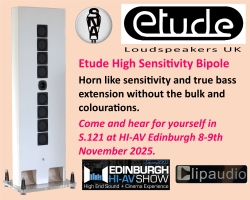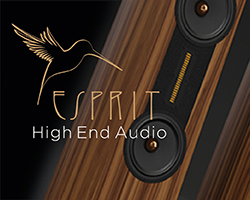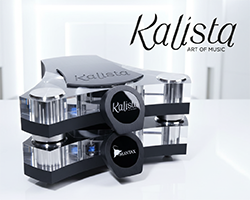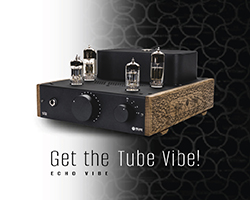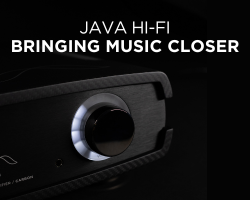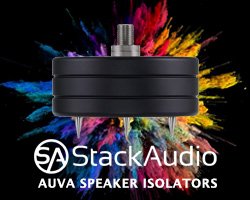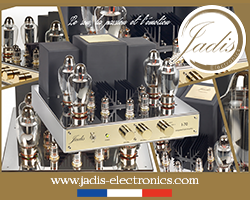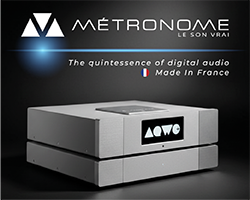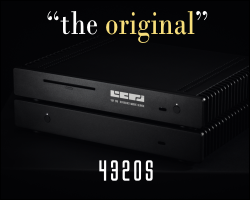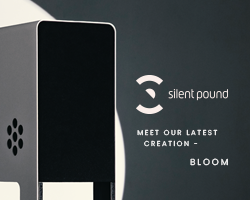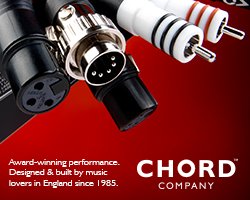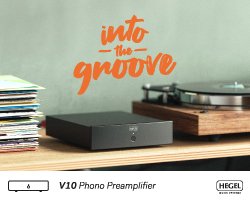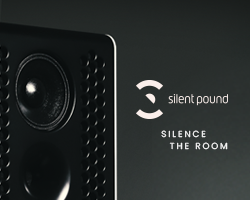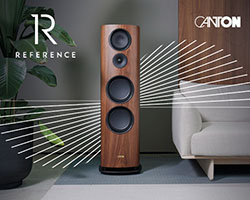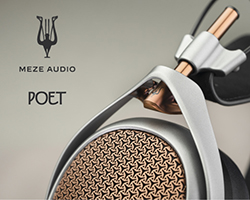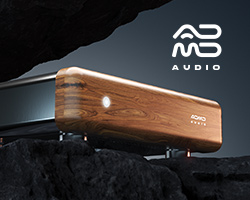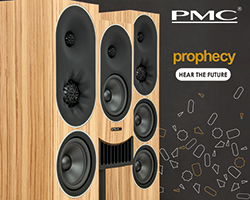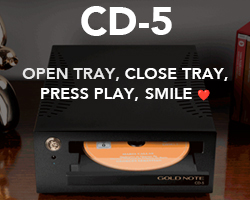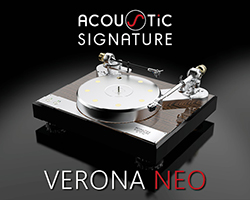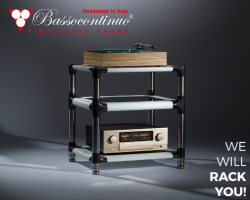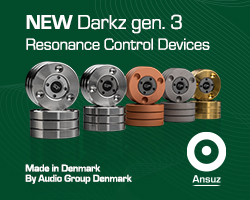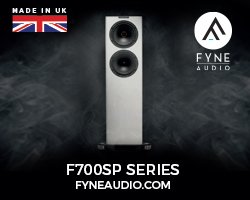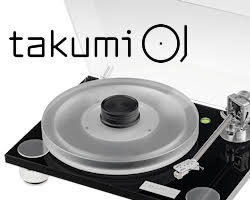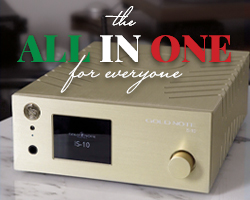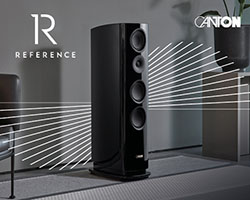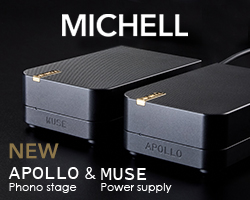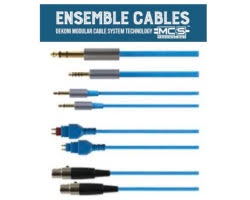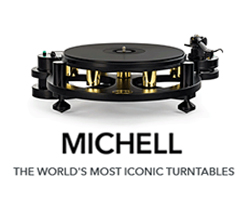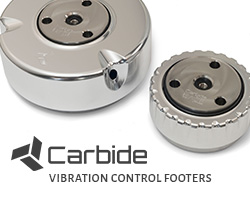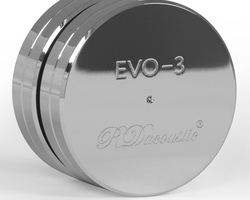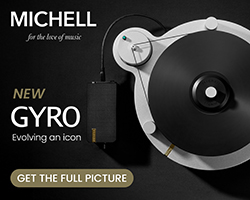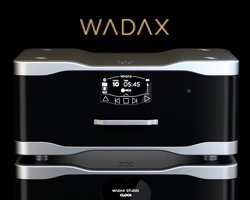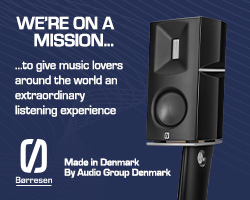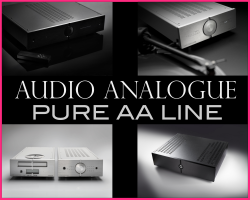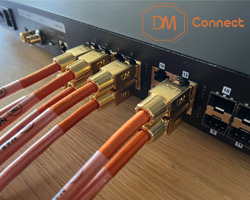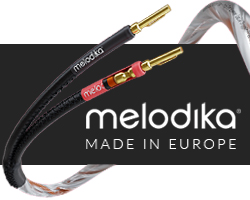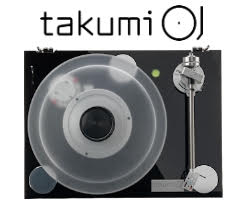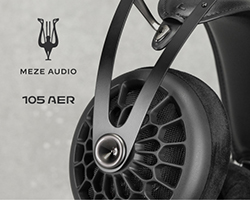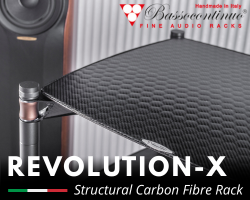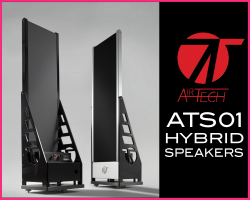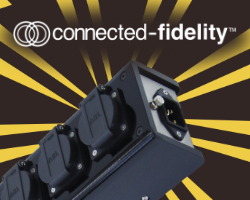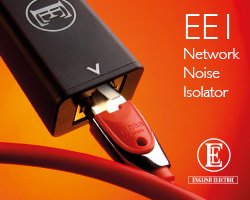AUDIO ANALOGUE MAESTRO 2 INTEGRATED AMPLIFIER
Audio Analogue Maestro II Integrated Amplifier is an 18K Euros line-level integrated amplifier from Italy. Stuart Smith plugs into the HiFi PIG reference system and puts it through its paces.
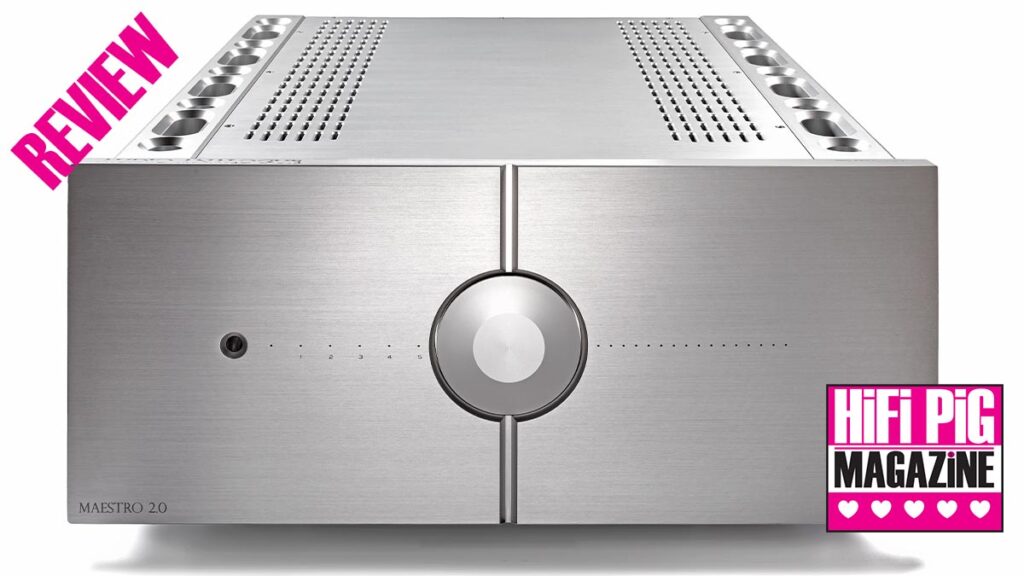
Italian brand Audio Analogue’s origins stretch back to the mid‑1990s. The very first product was actually a DAC called Vivaldi—made in a tiny run of just 25 units. But the real breakthrough came with the Puccini integrated amplifier, shown in prototype form at CES in Las Vegas in January 1996. With just 40 watts, it made a splash and launched the brand into the public eye.
From there, the lineup grew rapidly. By 1997, Puccini SE, Bellini pre‑amp and Donizetti power amp had joined the range. In 1999–2000 came the Paganini CD player and Maestro CD, along with significant upgrades to existing models—additions like discrete circuitry, remote controls, and mono output stages for more power.
The early 2000s saw a broadening of the catalogue. By 2003, Audio Analogue offered three distinct lines—Primo, Composers, and Maestro—each bringing refined design, cleaner styling, and enhanced performance. Notable launches included Aria, the Maestro mono blocks, Rossini CD player, and the compact yet versatile Enigma all‑in‑one unit.
In the mid‑2000s, the brand doubled down on high‑end ambition: heavyweight Class A models like the massive Maestro Duecento, delivering over 800 watts into 2 ohms, and the celebrated Verdi Cento hybrid amp appeared.
From 2009 forward, Audio Analogue began updating its models (rev 2.0, SE specs) and introducing a new entry‑level line called Armonia with Crescendo and Vivace DAC. Around 2013–14 the Airtech engineering identity emerged, refining product aesthetics, component quality and overall performance; from then on, new Audio Analogue models proudly carried the Airtech signature.
By 2015, the brand fully embraced its identity—celebrating its 20th anniversary with the Puccini Anniversary integrated amp, a statement of design, technology and pure Italian craftsmanship. And since about 2021, the ABsolute line (pure Class A or Class AB options) became the flagship, setting a new benchmark in high‑end audio and anchoring the brand in a future rooted in refined, Italian‑made excellence.
Throughout, the core philosophy has stayed consistent: hand‑made in Italy, focused on materials and local craftsmanship, driven by critical listening (“design by ear”), and a passion for reproducing music in the most emotionally engaging way possible.
Audio Analogue is based in Pistoia, Italy, which is a little northwest of Florence.
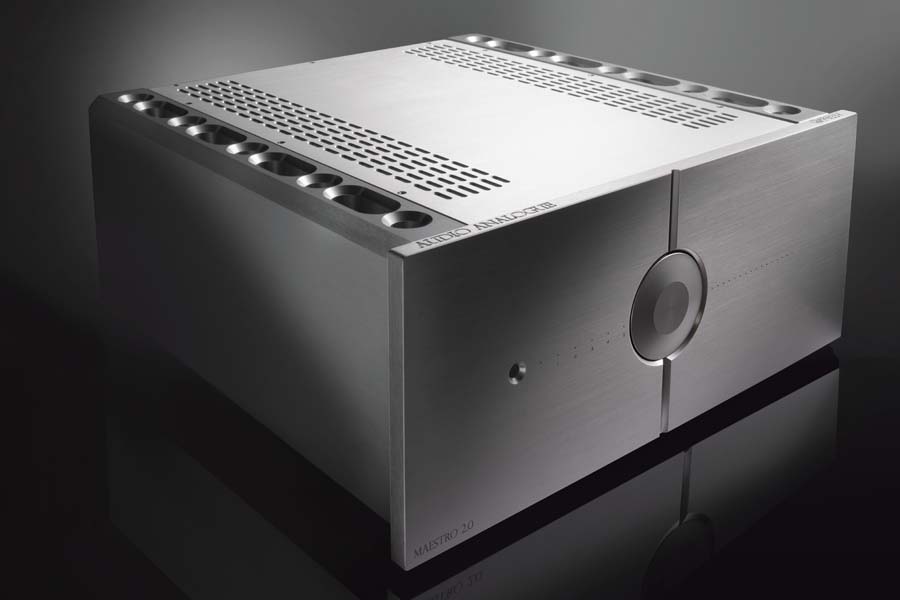
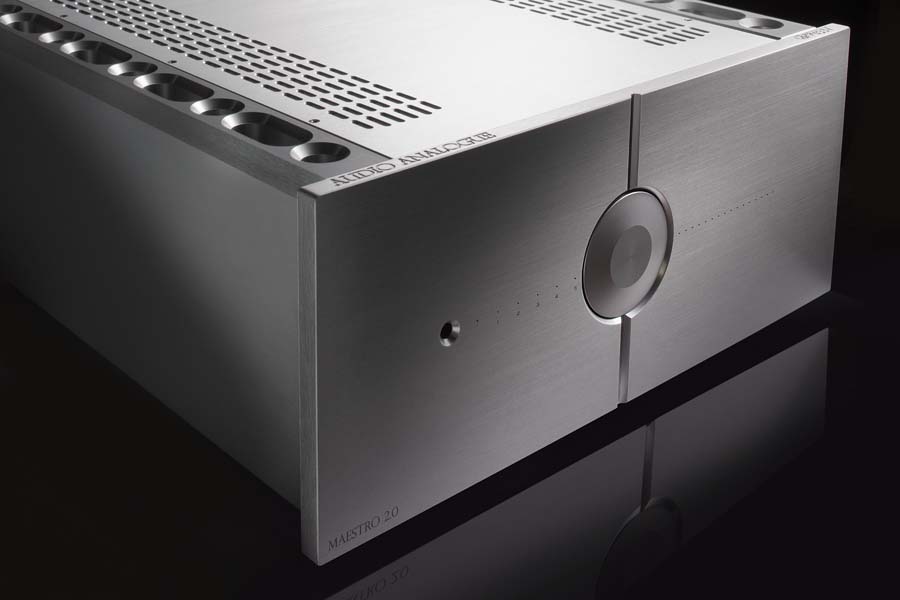
BUILD AND FEATURES OF THE AUDIO ANALOGUE MAESTRO 2 INTEGRATED AMPLIFIER
The Maestro 2.0 is an integrated amplifier from the Italian brand Audio Analogue’s Anniversary line. It is derived from the earlier Maestro Anniversary model and developed by the Airtech engineering team.. In addition to the integrated amp we have in for review, Audio Analogue also has the range-topping Absolute, and the Pureaa entry level – the Maestro comes in the Anniversary range that falls in the middle of the two.
The amplifier delivers 200 watts per channel into 8 ohms, scaling to 400 watts at 4 ohms and 600 watts at 2 ohms, with a quoted 1% THD+N. Audio Analogue states that output power increases as impedance decreases, supported by larger driver and output stages featuring four pairs of output transistors per channel.
The internal design follows a zero global feedback architecture across all amplification stages. The circuit topology uses a reverse cascade configuration, described as effectively a single gain stage followed by an output buffer. The design is fully dual-mono and balanced, with separate transformers and power regulation per channel.
The power supply includes two custom 670 W toroidal transformers, one per channel, feeding independent regulation and oversized filter capacitors.
Volume control is handled via a relay-switched resistor network (referred to as RR Control), which provides analogue attenuation without active circuitry in the signal path. Input switching is also managed through relays to reduce potential signal degradation. The internal components include high-precision resistors and audio-grade capacitors, many of which are rated to military specifications.
The rear panel features three unbalanced RCA inputs and two balanced XLR inputs. You also have the main power input, master power off switch and a pair of very nice speaker binding posts – the nicest I’ve used on an amp. The back panel is really well laid out and has plenty of room for you to get cables in and out.
This is a line-level integrated amplifier, and it has no onboard DAC or phonostage
The front panel is a masterclass in Italian minimalist design and has a larger central on/off, volume control, and channel selector. It’s a clever design that centralises all the functions you need in one stylish control. You also get an LED for the volume level (VU meters would spoil the design), and a set of LEDs indicating the status of the unit and the input you have selected. The LEDs are also used but differently when configuring the unit and this allows you to change the brightness settings, volume scale selection, balance (a useful feature that is often not included these days), and Direct Mode setup (I didn’t try this as it puts the volume at full power and essentially turns the unit into a power amp). The LEDs are also used as “Alarms” should there be a fault. Initially, I thought the LEDs would be far too small to be noticed, but they are pretty much cock on for seeing from the listening position without getting in the way or being distracting.
Chassis dimensions are approximately 185 × 450 × 440 mm (H×W×D), and the weight is around 35 kg.
You also get a remote that allows you to change inputs, volume, and set up parameters. The remote is no afterthought and is made of the same materials as the amp itself. It feels heavy and in keeping with the quality of the rest of the amplifier. I like the remote a fair bit.
An AirTech power cable was also included in the package.
Packaging was excellent on this unit.
The whole kit and caboodle screams (quietly) that this is a high-end product, though the price is just shy of 18K Euros; a lot of money, but not in today’s world.

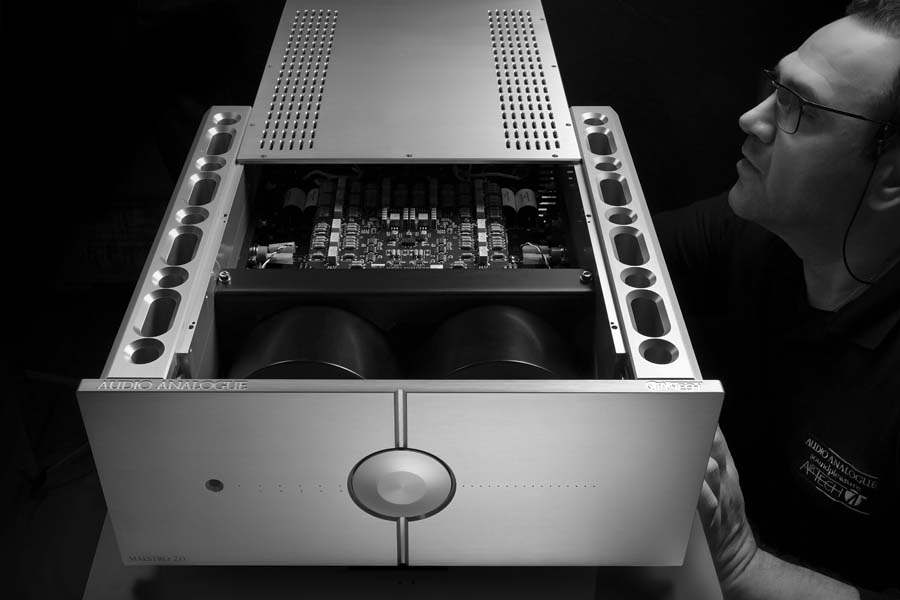
SOUND QUALITY
For this review, the amp was set into our current reference system that includes the Lampizator Big7/Pacific DAC, Auralic Streamer, and the fairly recently reviewed Ø Audio ICON12s that we will be using for the foreseeable future in this system. The amp was given a little time to run in before any serious listening.
Immediately before plugging the MAESTRO 2 in for the first time, I had cued up Bob James Shepherd’s Song – not my usual fodder, I know, and I’m not entirely sure why that particular record was cued. However, from the very first bass note about 40 seconds or so in, it was obvious that we were in the company of an excellent-sounding amplifier. This feeling continued with the very life-like piano that followed. No serious listening was going on here, but there was a very natural sound to the record that struck a chord with me. It was also a very big sound in the way the music enveloped me and filled the room. The steely guitar came across brilliantly as being, well, steely. This may be the track, it may be the amp…who knows at this point, but it was certainly a good starting point. Anyway, first impressions usually aren’t that far off the mark in this game.
So a while was given for the amp to bed in and I sat down for a few days of listening to this amp with my review hat on. Listening like this usually lasts for an hour or so, and then I leave it, go away, do something else and come back as it’s easy to get distracted and unfocused on the job in hand.
First up was the track Giorgio off Daft Punk’s RAM album. It’s a track that Lin always asks for art shows and it’s good track for showing off lots of things in a product, not least how an amplifier brings out small details I the recording; this is a much more complex record than many gave it credit for being when it came out, but it seems now folk have cottoned on and it’s getting used as a demonstration track at shows and events. It’s a small thing, but one of the things that’s worth listening out for is the champagne cork that pops in the introduction. Some off the bass in this track sounds like a detuned 808/909 kick and this fast attack and decay sound is done very well by the amp, showing to me that it manages to start and stop on a penny; this is a good thing for me as it’s one of the things I enjoy when listening to music. There’s also a whole lot of detail going on in the mix, too, and the amp doesn’t hide or mask this at all. When the traditional bass sound comes across very well and very much as an electric bass sounds. This is a hectic track that can sound muddled and confused at times, but the Maestro pulls it apart enough to be able to see the individual bits of the mix, without pulling it apart to the point that it sounds unnatural and artificial. Certainly, the bass is prodigious with this amplifier (with these speakers), but it’s also very well balanced, and I didn’t get the feeling that I was missing other parts of the mix.
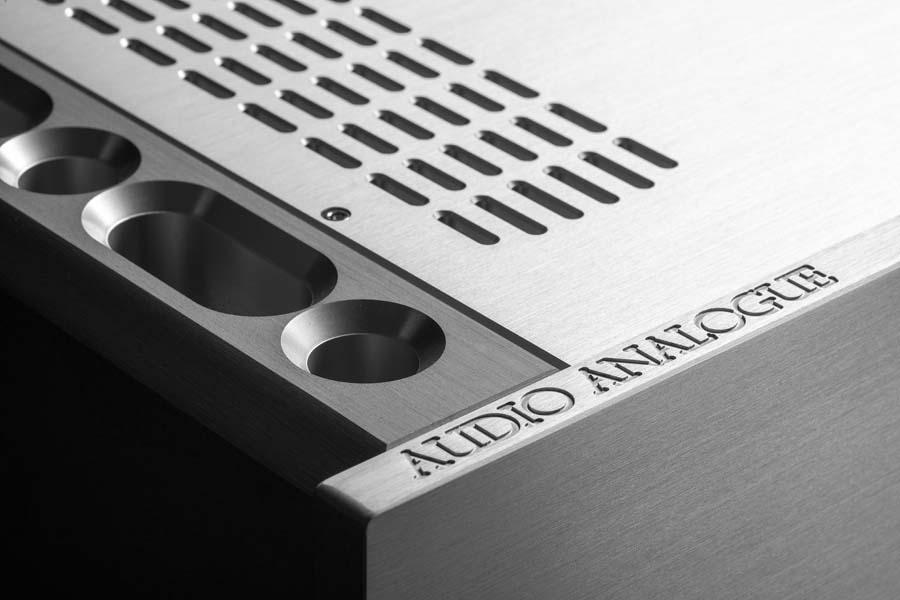
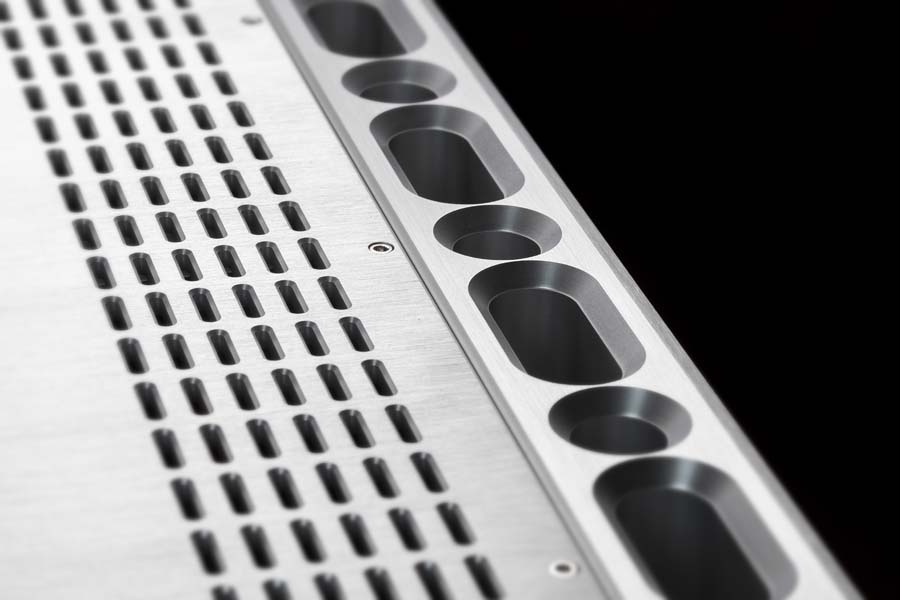
Listening to Lana Del Rey’s Video Games, the majesty of the orchestral strings (they sound gated) came across very nicely, until her vocal comes in, and it’s a bit of a wow moment; it’s forward and right out into the room to the point she feels right in front of me and in my face. There’s texture and feeling in her voice that comes across as being a bit “country”, but that’s her voice, and it’s a wonder to behold with this amp in the system. Is it as good as the Electrocompaniet AW800 Ms we have? It’s not, but it’s not far off. The harpy strings towards the end of the track come across as being speedy, without artifice, and fill the room, as does the ghostly synth sound that finishes the record.
Massive Attack’s Blue Lines opens with Safe From Harm, and it’s a great record to play on a system to loosen it up and see how it behaves when the bass gets low and fast. Get it wrong and the bass can be a bit one-note; the Maestro gets it right and the bass is glorious on this set-up. A point to make here is that the speakers I was using are 92dB sensitive, and I never found it necessary to have more than three of the sixteen LEDs lit, though each ‘step” has several steps to it. This says two things to me; first up, the amp has power to spare, and secondly, that it has plenty of headroom to deal with even the most demanding of tracks. As this album continues, I’m taken by the detail this amp brings out of this album. On One Love, there’s a synth noise at the back of the mix for much of the tune (it does get brought forward a bit as the track goes on) that the MAESTRO doesn’t hide at all. I’d say this amp and these speakers are a very good match, though, thus far I’ve only listened to predominantly electronic-based music.
Turnstile’s Seein’ Stars is a favourite at HiFi PiG Towers at the moment, though it’s not really representative of the rest of the band’s output. It’s got a real 80s vibe to it, and what I wanted to hear is that soaring guitar solo and a tiny percussion hit towards the end of the track. The guitar has the right sound that I’m used to, and the little percussion ‘ring’ comes across properly. This track moves into the very different Birds track that is much more in the band’s usual style. That droning synth sound fills the room wonderfully, and the percussion flies between the speakers before the heavily panned distorted guitar comes in. This guitar is well back in the mix but doesn’t get lost when the rest of the track comes in. As you’d expect from what I said about how far up I had this cranked, there is power aplenty here and dynamically, the MAESTRO 2 doesn’t disappoint one bit.
It would be easy to just keep playing rock and technoey tracks, as this amp does them really well, but it’s clear from further listening that it can also do subtlety when it is called for. I suppose it’s a bit like that saying from someone I don’t recall, “with great power comes great responsibility”. Yes, it would be pretty easy to build an amp that delivered on power (plenty of PA amps will do this, if that’s your bag), but a great amplifier also needs to be able to do subtlety and nuance, and the MAESTRO scores on both these counts.
With the above in mind, I thought I ought to play something with more acoustic instruments and reached for Folk Bitch Triad and the track Hotel TV. There’s an acoustic guitar that comes across properly as an acoustic guitar, and there’s a highly distorted electric guitar that makes an appearance at the start of the tune. It would be easy for the latter to get lost in the mix, but the MAESTRO plays it well, as it does later in the track when it makes a return. The main vocal is a little overdriven and hot, and the MAESTRO also brings this out of the track. Again, I find the whole room is filled with sound, and if you enjoy an amplifier with a somewhat forward sound, then this will be an amplifier you will really enjoy.
For the sake of playing a bit of everything, I put on Tchaikovsky: Manfred Symphony with the Russian National Orchestra and Mikhail Pletnev. Quieter passages still have plenty of detail, and I can see in my mind’s eye where the strings are and where the timpani is. The timpani start and stop on a penny (a tin penny?…boom tish). Again, I find that the whole room is filled with music, and whilst it’s loud, it’s not distorted or too much. This is a good sign for me as it’s not uncommon for some amplifiers to be able to go loud, but sound pushed when they are asked to do so. Again, what came across in spades was the dynamic range this amplifier had. It could do quieter passages and then, without a pause, it would pull out the guns and cope with dynamic changes brilliantly. The organ at the end of Allegro con Fuoco has depth and a fantastic feel to it.
QUIBBLES
This is an integrated amplifier, and we live in a time when it’s expected that an integrated will have a phonostage and a DAC. However, Audio Analogue also produce a number of separate DACs, phonos and all the rest of it, so it makes sense for them to do a line level amplifier.
CONCLUSION
The Audio Analogue is a real powerhouse of an amplifier and it has looks to die for, though that’s obviously going to depend on your tastes. It costs just shy of 18 000 Euros which is a lot of money, but it’s a beautifully finished bit of kit, with high quality accoutrements, and it also sounds fab.
Sonically, the MAESTRO 2 has a good deal going for it in that it sounds powerful, dynamic and yet can do subtlety and nuance really well. I played all kinds of music through it, and it never skipped a beat. It manages to play the files it is fed and keeps true to their nature. Initially I thought the amp might be a bit on the bass-heavy side of things, but after sitting down with this amp over a longer period, it was clear that this was not the case and just that it was good at bass – regular readers will know that I do have a habit (I do recognise it) of getting fixated with bass.
It was a whole lot of fun to have in the system for a while! I want to say that the American market will love it; it’s kind of like a V8 muscle car that’s had a holiday in Europe and learned to go round corners properly.
I’m giving this integrated amplifier our Five Hearts award – and it’s a very high Five Hearts! It’s a truly wonderful-sounding amplifier, and had it had an onboard DAC or phonostage it would have go the Editor’s Choice Award.
AT A GLANCE
Build and Features:
Beautiful to look at in a minimalist kind of way
Heavy and tank-like in its build
Nice remote
A basic line-level amplifier without a phonostage or DAC
Sound Quality:
It’s a powerhouse of an amplifier
Dynamic and fast
Can do subtlety and detail very well
Filled the room with sound and worked with these speakers really well, though I have no qualms in suggesting it will work equally well with more difficult-to-drive loudspeakers
Value For Money:
It’s an 18K line-level amplifier, and so you will need to add to this spend. However, it is a very good line-level amplifier, and if you have the money, it’s well worth your attention
We Loved:
The power and the slam it can bring to the right recordings
The way it moves effortlessly from quiet and detailed passages to louder passages with speed and agility
Good remote
We Didn’t Love So Much:
No phonostage and no DAC
Elevator Pitch Review: Hailing from NW of Florence in Italy, the MAESTRO from AUDIO ANALOGUE is a heavy and well-specified beast of an amplifier. However, plug it in and listen to your tunes, and it will become apparent that this is a beast that has been wonderfully controlled, meaning that it can play nice with you when you want it to, or it can be let off the leash and rock out – the choice is yours. It’s a line-level only amplifier, and so you will need a phonostage to play records, and an external DAC if you play streamed content, but if you can accept that, then it’s a great amplifier to listen to with control and power aplenty. Power is nothing without that control, and where the MAESTRO excels is in getting across the detail and subtlety in your tunes. I thoroughly enjoyed my time with it.

Stuart Smith
SUPPLIED SPECIFICATIONS
Output power at 8Ω (One channel operating): 200W @ 1% THD + N
Output power at 4Ω (One channel operating): 400W @ 1% THD + N
Output power at 2Ω (One channel operating): 600W @ 1% THD + N
Sensibility Nominal output power at 8Ω: 720mVRMS
Frequency response: Attenuation 0dB, Bandwidth -3dB: 90KHz
Output resistance (Nominal output power at 2Ω/1kHz): 0.2Ω
Noise level (Bandwidth limit 0Hz-80kHz): ≈20µV
Noise level: (A weighted): ≈10µV
SNR (Attenuation 0dB/ Nominal output power at 8Ω/ A weighted): ≈100 dB
Stand-by power consumption: (230VAC): <1W
Dimensions (HxWxD): 205x450x465mm
Weight: 47,50kg
























































